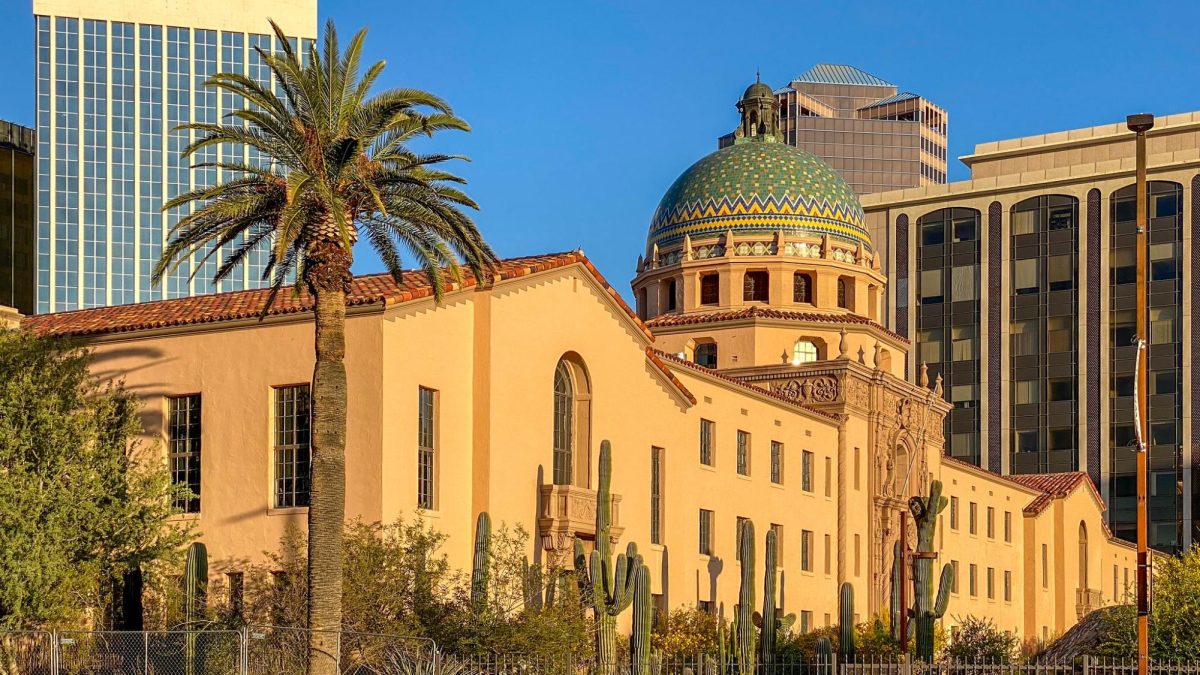The GPSC is searching for top student research and creative projects for its Student Showcase.
The 19th annual showcase, hosted by the Graduate and Professional Student Council, will occur Nov. 4 under tents in front of the UA Main Library. Applications must be submitted by Oct. 7. Recognition, feedback and cash awards will be given to graduate and undergraduate students in all 12 categories.
Chris Cornelison, events director of GPSC and a graduate student studying public administration, said the event shows why the UA is one of the leading research universities in the U.S. This is why the council encourages undergraduate students to present their research in addition to graduate students, who are often working on research as part of their degree, he said.
Cash prizes range from about $60 to $750, according to Cornelison, and six $1,000 “higher prizes” will be awarded due to a large donation given to the library. Last year, 106 projects were displayed at the showcase.
Benjamin Blonder, the 2010 Student Showcase President’s Award Winner and a Ph.D. student in ecology and evolutionary biology, said presenting at the showcase gives students the opportunity to put a “better face to put on for the public” in the wake of budget cuts.
“I think at the university, it’s important to articulate important and relevant stuff to the general public,” he said.
Blonder’s project showed how plants utilize carbon. His project included a mathematical model to measure carbon trade off in plants in addition to supporting data, and found if the density of the length inside a leaf is measured, it can predict “very well” how much carbon it will gain.
He said he thinks that his project won because it had a “really compelling result” that linked to current research questions about global climate change. The winning elements, he said, were the hands-on activities he provided, including microscope slides that audience members could look into and “naturally skeletonized” leaves by insects.
“People were able to look, touch and take them (the leaves) home if they were interested,” he said.
Judges will include faculty, community members and volunteers with expertise in specific categories. The 100-point scoring ballot looks at the academic merit of a person’s project, how it benefits the community and the overall display and clarity of the project.








